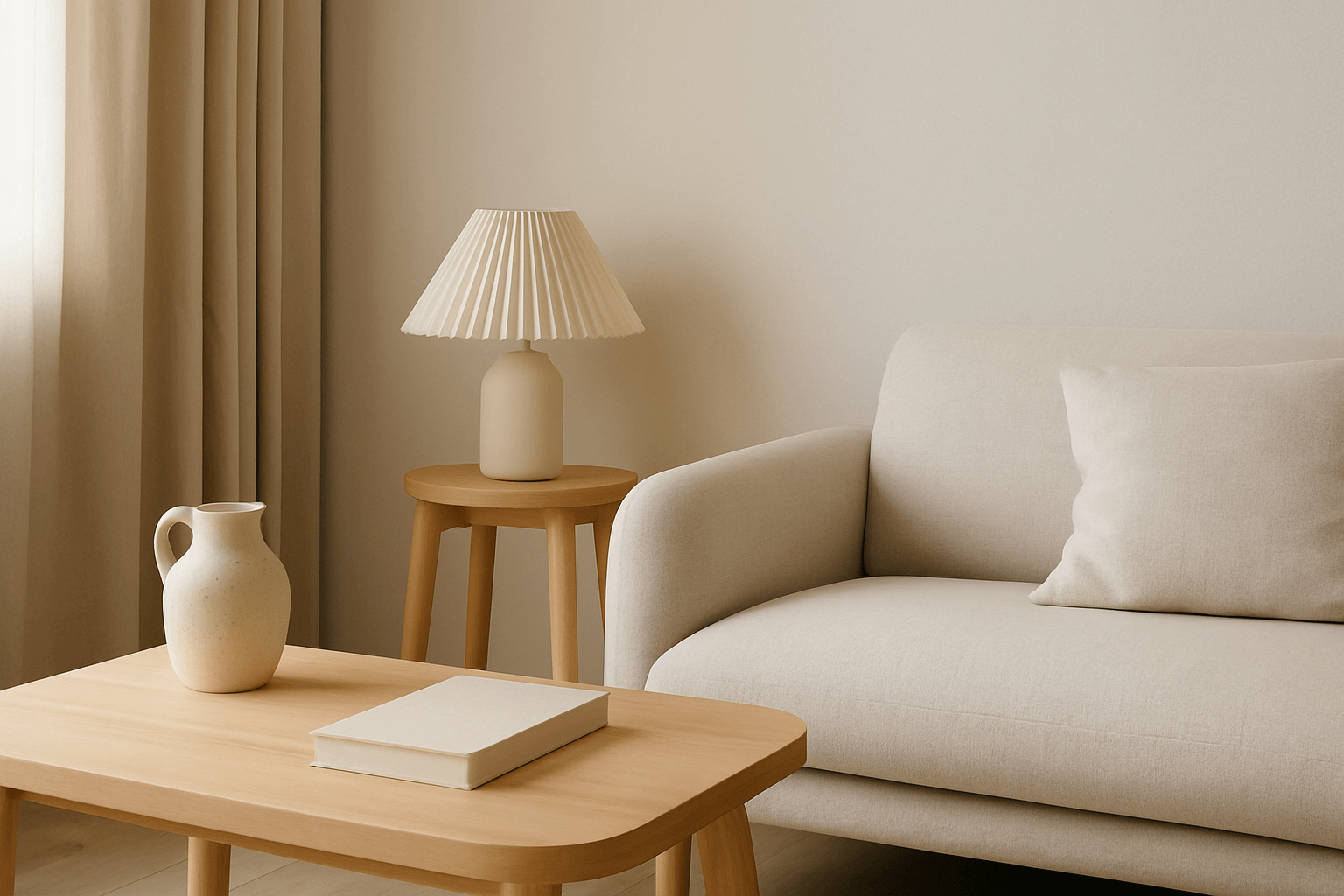Your Space Affects Your Mind
In our fast-paced world, stress often feels unavoidable.
But your home can act as a quiet antidote.
Through mindful design, you can shape interiors that reduce stress, promote calm, and support your well-being.
Minimalism plays a key role.
1. Visual Noise Creates Mental Noise
Cluttered spaces overwhelm the senses.
Each item demands attention, draining focus and adding subconscious stress.
By simplifying your space:
-
You create visual breathing room
-
Reduce cognitive load
-
Support emotional calm
Fewer, intentional objects bring clarity to both space and mind.
2. Softening Light, Soothing Mood
Harsh lighting agitates.
Mindful lighting calms.
Design tips:
-
Use warm, layered lighting (lamps, sconces, candles)
-
Embrace natural light with soft, diffused curtains
-
Avoid stark overhead lights
Lighting becomes emotional architecture, guiding your mood gently.
3. Natural Materials for Grounding
Tactile, natural materials create a soothing connection to nature:
-
Wood
-
Linen
-
Stone
-
Clay
Their textures and imperfections invite presence and calm.
4. Neutral Tones, Emotional Stillness
Colors influence emotions.
Neutral palettes:
-
Reduce visual chaos
-
Create an atmosphere of stillness
-
Allow textures and light to become the focal points
Beige, soft white, warm grey — colors that breathe.
5. Negative Space as Mental Rest
Negative space is not emptiness — it’s intentional.
By leaving areas unfilled:
-
You give your eyes a place to rest
-
Support open movement and flow
-
Foster a sense of calm expansiveness
Stillness becomes a design feature.
Final Thought
Mindful design is about more than aesthetics.
It’s a form of self-care.
By curating calm, simplifying choices, and honoring space, your home becomes a place that reduces stress — not adds to it.
A sanctuary of stillness, designed with intention.
















